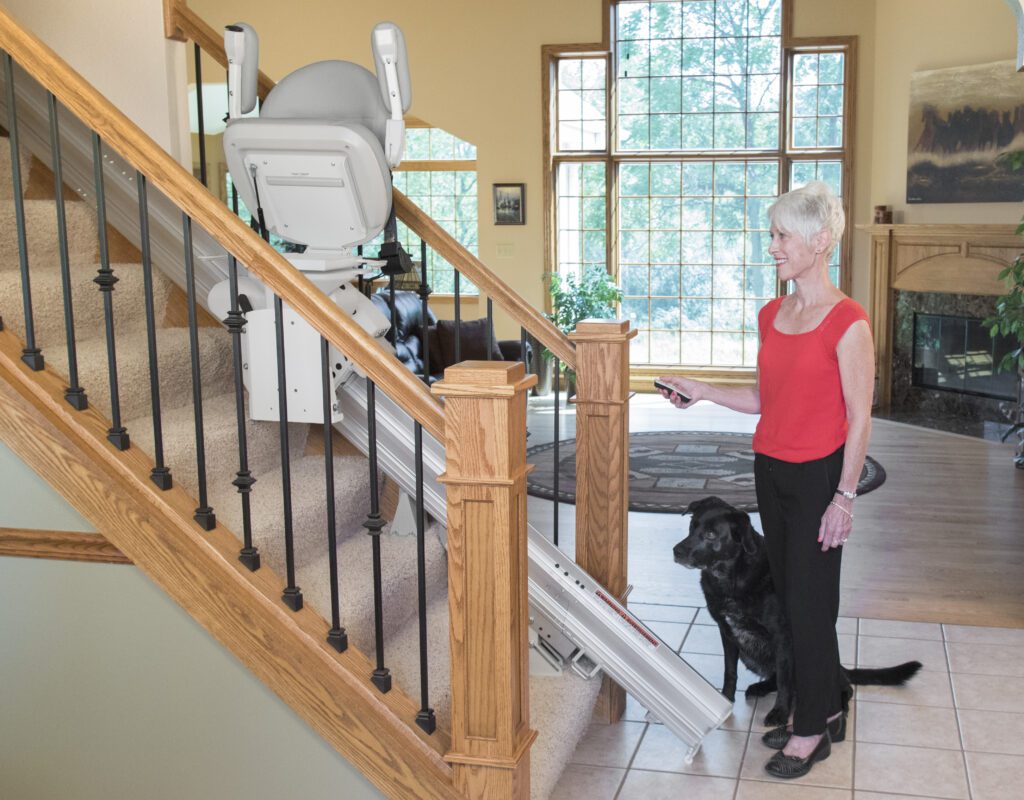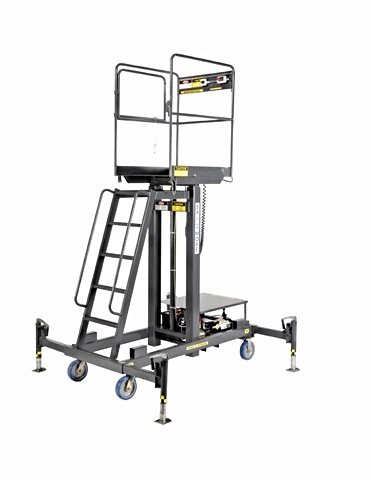Lift Maintenance Repair: Vital Providers for Optimal Lift Efficiency
Lift Maintenance Repair: Vital Providers for Optimal Lift Efficiency
Blog Article
Pro Tips for Keeping Your Lift in Leading Condition: A Comprehensive Overview
Making certain the optimal performance of a lift system is critical for a reliable and safe operation in different settings, from industrial storage facilities to industrial buildings. By adhering to an organized maintenance regimen and preemptively dealing with potential issues, lift owners can alleviate costly downtime and safety risks.

Importance of Regular Maintenance
Routine upkeep of your lift is important to guarantee its optimal performance and long life. By sticking to a normal upkeep timetable, you can recognize and attend to prospective problems prior to they rise into costly repair work or unexpected downtime. Routine maintenance jobs such as lubricating moving components, checking for wear and tear, and examining hydraulic systems can help protect against malfunctions and guarantee risk-free operation.
Ignoring normal upkeep not just compromises the effectiveness of your lift however likewise positions safety threats to individuals and home. Elements that are not properly maintained might fail suddenly, causing mishaps or damage to the lift itself. In addition, addressing concerns at an early stage with upkeep can expand the lifespan of your lift and decrease the chance of significant malfunctions.
Along with enhancing safety and security and performance, routine upkeep can likewise save you cash in the future. By purchasing precautionary upkeep steps, you can avoid expensive repair work or substitutes that may arise from overlooking the maintenance of your lift. Generally, prioritizing normal maintenance is vital for taking full advantage of the functionality and long life of your lift system.
Leading Components to Inspect

In addition, pay attention to the lift's safety functions, such as emergency situation quit buttons, security sensing units, and interlocking mechanisms, to guarantee they are functioning correctly. Routinely examine the lift shaft for particles or obstructions that could hinder the activity of the lift car. Last but not least, do not neglect to analyze the doors, joints, and door operators to guarantee smooth opening and closing operations. By thoroughly evaluating these top parts, you can capture potential issues early and ensure your lift stays in top condition.
Positive Troubleshooting Techniques
When confronted with potential lift system issues, taking on aggressive repairing strategies can significantly enhance operational performance and stop costly downtime. One of the key proactive repairing methods is to on a regular basis keep an eye on and assess lift performance information. By tracking metrics such as lift rate, electric motor temperature, and power consumption, upkeep teams can identify very early indicators of prospective issues and take corrective activities prior to they intensify. Conducting regular visual assessments of critical components, such as cable televisions, pulleys, and safety and security mechanisms, visit the website can likewise help in detecting deterioration or imbalances that can cause malfunctions. In addition, applying a preventive upkeep schedule that includes lubrication of moving parts, screening of emergency situation brakes, and calibration of sensors can proactively resolve common lift system problems.
Additionally, buying training programs for maintenance staff on fixing strategies details to the lift version installed can equip them to detect and solve concerns quickly. By remaining in advance of possible problems through proactive troubleshooting, lift drivers can ensure a smoother and much more trustworthy procedure while decreasing the threat of unexpected breakdowns.
Essential Lubrication Practices
Executing proper lubrication methods is essential for making sure the smooth procedure and durability of lift systems. Routine lubrication helps in reducing rubbing in between moving parts, preventing deterioration that can cause expensive repair services and downtime. When it involves lift upkeep, adhering to a rigorous lubrication timetable is necessary.
Picking the appropriate lubricating substance is the initial step in reliable upkeep. Different parts of the lift system may need details kinds of lubricating substances, such as grease or oil. Consult the supplier's standards to establish the ideal lubes for each and every component.

Deal with any kind of issues quickly to protect against imp source further damages and make certain the continued smooth operation of your lift system. By focusing on correct lubrication practices, you can extend the lifespan of your lift and enhance its efficiency.
Precaution for Lift Operators
In order to keep a secure workplace and promote operational effectiveness, lift drivers must rigorously comply with suggested safety and security methods, along with focusing on vital lubrication techniques for optimum lift efficiency. Safety measures for lift operators are vital to protect against crashes and ensure the smooth performance of the lift system. Operators needs to undergo extensive training on appropriate lift operation, emergency treatments, and safety standards. Normal devices examinations and maintenance checks are imperative to identify and address any kind of possible safety and security hazards quickly. It is essential for drivers to always follow producer recommendations for load abilities, operational limits, and safety features use.
Furthermore, lift operators need to focus on individual protective tools (PPE) such as safety helmets, handwear covers, and harness when operating at elevations or managing heavy loads. Clear communication amongst operators, maintenance service technicians, and various other employees is essential to avoid misconceptions that could cause mishaps. Finally, drivers should stay alert, focused, and stay clear of diversions while running the lift to guarantee the safety and security of themselves and others in the vicinity.
Conclusion
To conclude, preserving a lift in leading condition is critical for guaranteeing safety and security and efficiency in operations. Regular upkeep, extensive assessments of crucial elements, positive troubleshooting, proper lubrication methods, and adherence to precaution are vital for extending the lifespan of the lift and avoiding mishaps. By complying with these standards, lift operators can make sure the continued capability and safety of their equipment.
By sticking to a structured maintenance program and preemptively resolving possible important site problems, lift proprietors can minimize pricey downtime and safety and security threats. Regularly inspect the lift shaft for debris or obstructions that could hinder the movement of the lift vehicle.In order to keep a secure working environment and support operational efficiency, lift operators have to rigorously stick to recommended security protocols, alongside prioritizing vital lubrication methods for optimal lift performance. Safety and security steps for lift operators are critical to avoid accidents and guarantee the smooth performance of the lift system. Normal upkeep, complete assessments of essential components, positive troubleshooting, appropriate lubrication practices, and adherence to safety and security procedures are vital for lengthening the life-span of the lift and protecting against crashes.
Report this page